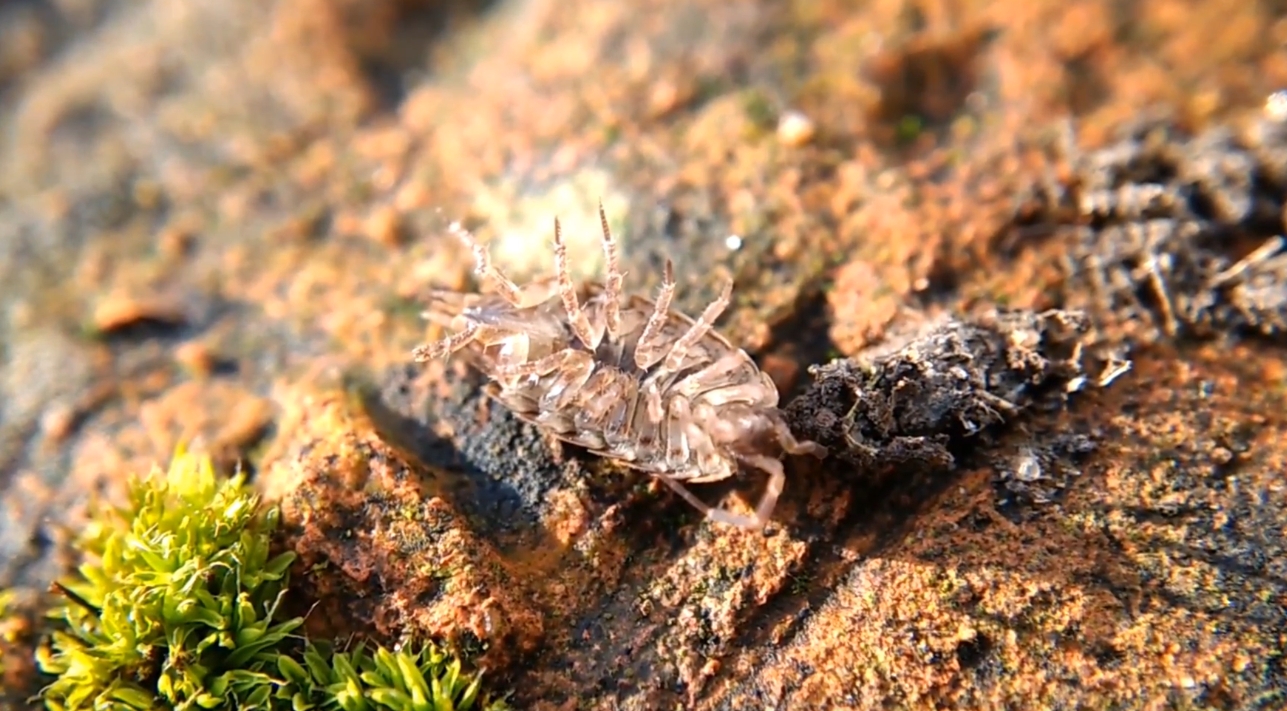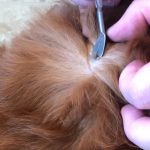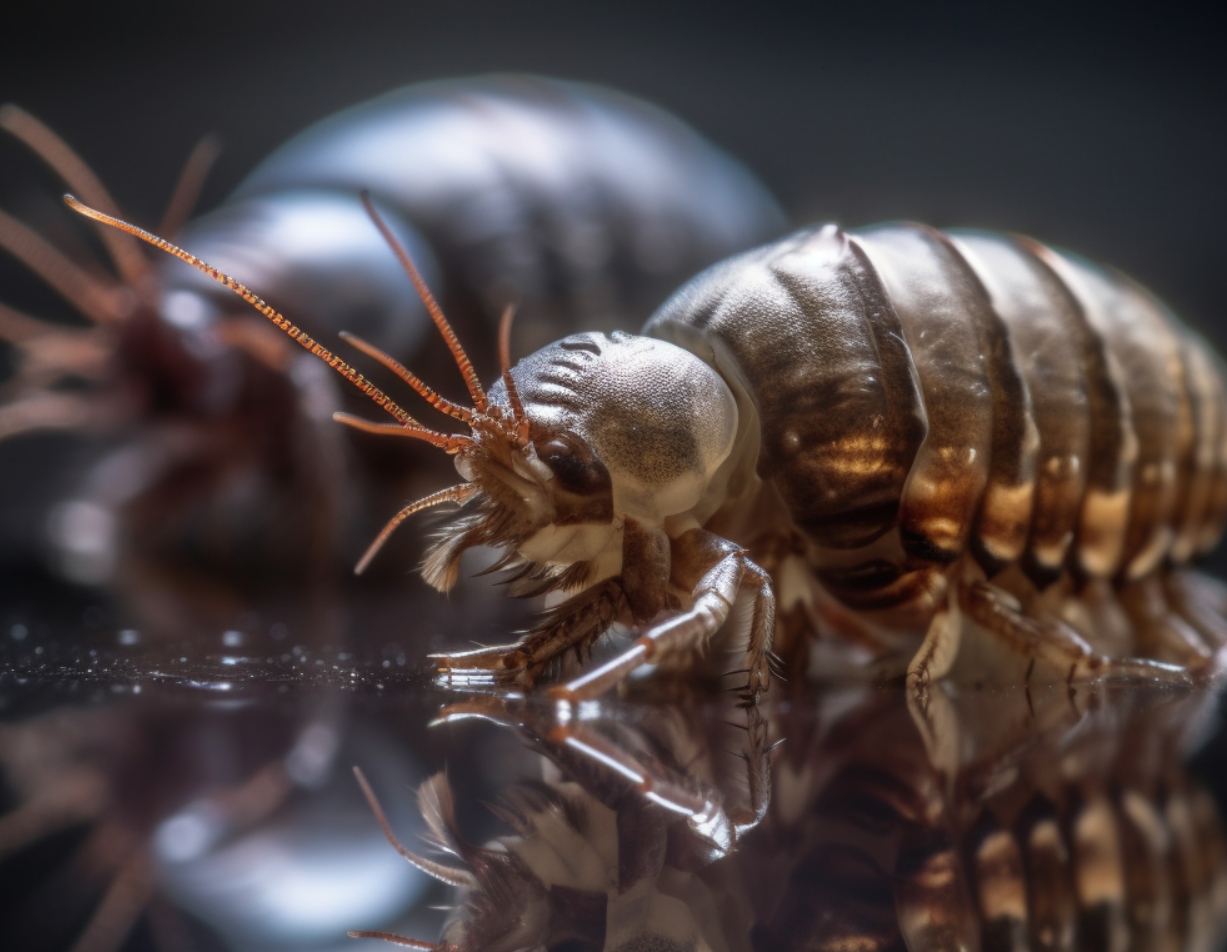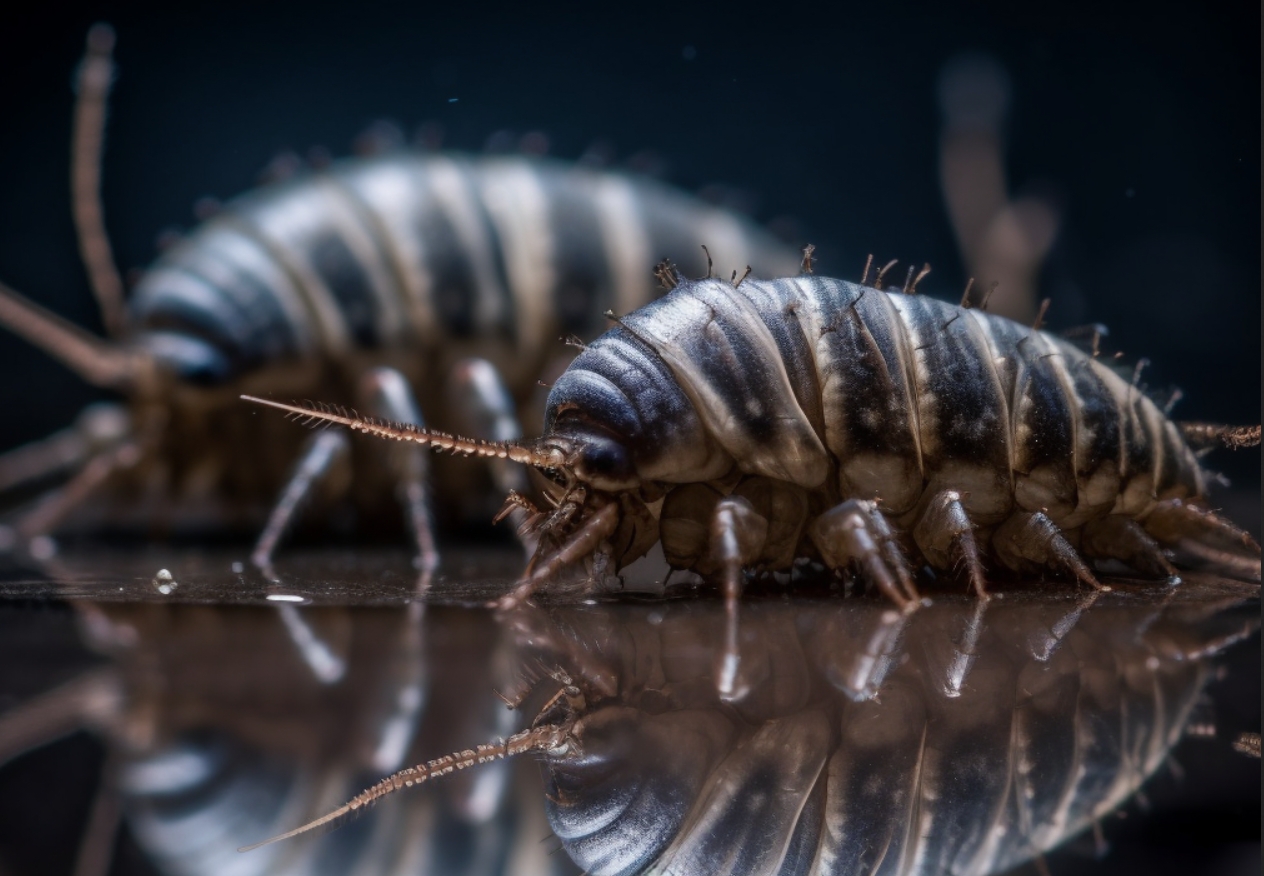Woodlice in the house is a common problem. It’s challenging to identify woodlice, and they can reproduce quickly.
| Method | Description |
|---|---|
| Diatomaceous Earth | Sprinkle diatomaceous earth around the areas where woodlice are present. The sharp edges of the diatomaceous earth will cut through the exoskeleton of the woodlice and dehydrate them. |
| Boric Acid | Mix boric acid with sugar and water to create a bait for woodlice. Place small amounts of the mixture in areas where woodlice are present. The woodlice will consume the bait and die. |
| Essential Oils | Mix essential oils such as peppermint, eucalyptus, or tea tree oil with water to create a spray. Spray the mixture in areas where woodlice are present. The strong scent of the oils will repel the woodlice. |
| Vacuum Cleaner | Use a vacuum cleaner to suck up any visible woodlice. Be sure to empty the vacuum cleaner bag or container immediately after use to prevent the woodlice from escaping. |
| Seal Up Cracks & Crevices | Seal up any cracks or crevices in the walls or flooring to prevent woodlice from entering the house. This includes around windows, doors, and baseboards. |
What do Woodlice Look Like?
Contents
Woodlice are small; brownish-grey creatures typically measure about 1/2 inch in length. They have a segmented body and two antennae. Woodlice can be found in moist environments, such as under rocks, logs, bark, mulch, or near the foundation of a house.
What do Woodlice Eat?

Woodlice are widely considered to be pests in homes. They can be found living in the walls, under carpets, and even crawling across your ceiling. Woodlice feed on insulation material like wool or cotton fiberboards; they also eat wallpaper glue and animal hair. However, woodlice cannot survive without a moist environment because they need water to absorb nutrients from food sources. This means that if you want to get rid of them, you should first fix the moisture problem in your home.
How do I Know if My House has Wood Lices?
If you notice tiny black bugs scurrying around your floors, then it’s likely that there is an infestation of woodlice somewhere inside your house; these insects have a brownish-grey colour and can grow up to half an inch in length. You might also find their droppings around your home, which look like tiny black pellets. To confirm that you have woodlice, try putting some of the bugs into a glass jar and then placing them under bright light; if they curl up into a ball when disturbed, then you know for sure that they are woodlice.
How do Woodlice Enter the Home?
Woodlice enter the home by crawling through cracks and crevices in the foundation, walls, or roof. They can also hitch a ride on plants, furniture, or other objects brought inside. Once they’re indoors, they can be challenging to get rid of because they reproduce quickly and like to live in dark, moist places.
Signs of a Woodlice Infestation

Woodlice can cause damage to wooden objects and will congregate in dark, damp areas of your home. In the garden, woodlice will feed on decaying leaves and the like. This won’t hurt plants because they are not healthy plants. Woodlice will help you by removing detritus from window boxes and bedding areas.
A swarm of woodlice in your bathroom, attic or basement is not good. They could be a sign of an infestation developing in the guttering, so you might need to have this investigated by a pest control engineer.
Are Woodlice Harmful?
Woodlice are small, harmless creatures found in both indoor and outdoor environments. They often go unnoticed because they are so small, but they can be a nuisance if they invade your home. Woodlice are not harmful to humans or pets but can contaminate food and cause property damage; if you have a woodlouse infestation, several ways to get rid of them.
How to Get Rid of Woodlice in Your Home

Woodlice are insects that live in the house. If you find them, do these things:
1. Vacuum them Up
This is the first step to getting rid of woodlice in your home. You should empty your vacuum bag and get rid of it right away.
2. Anti-Insect Spray
The best anti-insect spray is the one that does not harm your family, pets or the environment. It’s essential to use a product that doesn’t contain any toxic chemicals, like propane and tetrahydrofuran. There are many brands of eco-friendly sprays on the market today, so it shouldn’t be hard to find one you can feel good about using around your loved ones.
3. Seal Up the Holes
Make sure that you get rid of the woodlice in your house. Now you need to make sure that they can’t come back. Woodlice like small holes and gaps, which is probably where they came from in the first place. Use sealants to close up all these small holes and cracks (especially in bathrooms and kitchens).
4. Try an Electronic Pulsing Device
Electronic pulsing devices are used to keep away bugs and pests. They use a high-frequency sound to make them go away. These machines send out pulses of noise that can be heard by animals but not by humans, so you don’t have to worry about it bothering your ears or mind. The machine is plugged in or charged up and then turned on, left on the desired setting for 20 minutes, switched off for 20 minutes before turning back on again for another cycle of four hours with three rotations per day being recommended as the best treatment plan.
The device will work without an outlet if it has been fully charged up beforehand. And because they are small enough to carry around with you anywhere, these electronic pest repellers provide an excellent solution for those who like to travel a lot.
They can be used in the home, garden, or even when camping outdoors.
5. How to Prevent a Woodlice Infestation
Woodlice are hard to get rid of. There are lots of tricks that you can do to get them out. It is also vital that you keep them from coming back into your home.
You can use these tips below to help with prevention:
- If you have a compost heap, keep it in an enclosed structure.
- Place traps around your house to get rid of them when they come into the home.
- Keep areas clean and remove food sources for pests, such as woodlice.
6. Make Your House as Woodlice-Unfriendly as You Can
Woodlice like moist environments. Make sure there is no rotting wood in your home. Check the bathroom and the conservatory for this.
7. Check for Damp Walls
One of the main ways to identify whether or not you have woodlice is to check for damp walls. If there is mould or mildew on the walls, you’ll likely find woodlice living there as well. You may need to fix the dampness in your home before you can get rid of the woodlice.
8. Keep Plants and Weeds Away from Doors
If you put plants near your doors, woodlice can get in them and then they will be inside your house. Put the plants away from the door or clean up any weeds near it.
Woodlice like plants. They like weeds too. So if you put plants near your doors, woodlice can get in them and then they will be inside your house. Put the plants away from the door or clean up any weeds near it. Woodlice like plants. They like weeds too. So if you put plants near your doors, woodlice can get in them and then they will be inside your house. Put the plants away from the door or clean up any weeds near it.
9. Clean Your Roof Gutter
One of the easiest ways to identify and get rid of woodlice in your house is to make sure your roof gutters are clean. If they are not draining correctly, this will create moisture on the place, which will attract ants – and woodlice! So make sure you clean your roof gutters regularly to keep these pests at bay.
How to Stop Woodlice Coming Indoors

Woodlice are insects that feed on decomposing organic matter. They do not harm or spread diseases to humans, but they can be a nuisance if they come indoors. This article will teach you how to stop woodlice from coming indoors.
Woodlice are wood-eating bugs that thrive in damp conditions. They eat the rotting logs and stumps of trees; this is why we find them mostly in lumber yards and near lakes and streams where there are plenty of freshwaters for them to drink from. The warm moist air around these areas attracts many other types of pests like mosquitoes too, so it’s vital to protect your home with some protective barrier against these unwanted visitors!
To keep all kinds of pests out, make sure your house is sealed up nice and tight. Fill in any gaps around doors, windows or where the roof meets the wall with some sturdy weatherproofing foam which you can pick up at your hardware store for very little money (usually less than $20). You could also use some natural repellent like mint oil to keep woodlice away from an area; this smells unpleasant to them but won’t harm pets or humans!
FAQs
How long do woodlice live?
The lifespan of woodlice is usually between one and five years.
What do woodlice do?
They eat decaying organic matter. In the house, they can be found in damp places such as bathrooms and basements where their favourite food is rotting wood from floorboards or furniture.
They also lay eggs on moist surfaces like clothes that have been left lying around a room for a while – though these tend to hatch out before any humans notice them!
How many legs does a woodlouse have?
Woodlice have six legs. They are related to crabs and lobsters and look like tiny shrimp. Woodlice can be grey, black, or brown.
Is a woodlouse an insect?
Woodlice are not insects. They belong to the Crustacean family and have more in common with lobsters than with house flies or spiders. There are around 4000 species of woodlouse, but only a handful will be found indoors.





